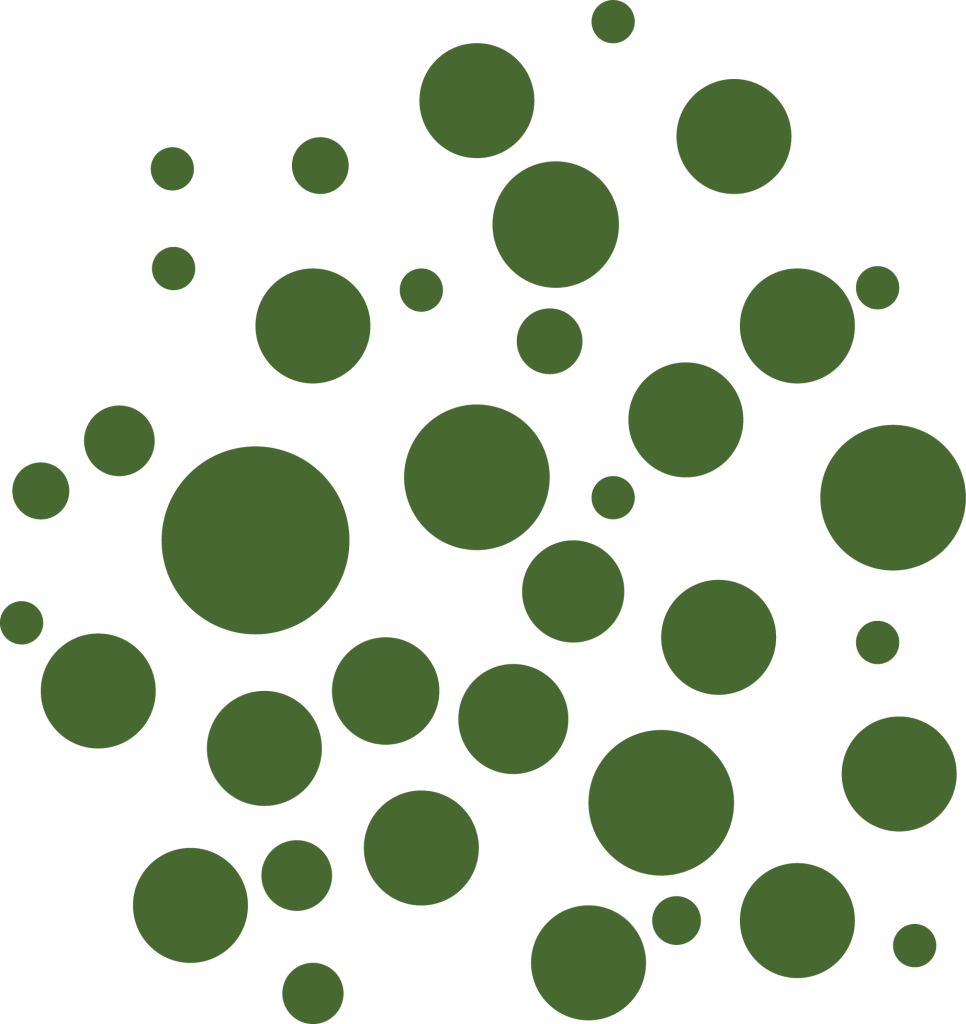Mold Allergies
Mold spores are released throughout the year. The OAAC allergy report has mold included in the counts almost daily. Molds live everywhere, and upsetting a mold source can send spores into the air and be possibly inhaled into the lungs.
Although many types of molds exist, only a few dozen cause allergic reactions. Molds grow on rotting logs and fallen leaves, in compost piles, and on grasses and grains. Unlike pollens, molds do not die with the first frost. Most outdoor molds become inactive in the winter. In the spring, molds grow on plants killed by the cold. Indoors, molds grow in damp areas and can often be found in the bathroom, kitchen, or basement.
Mold Allergy Symptoms
Mold allergy symptoms can be similar to those of other respiratory allergies:
- Nasal congestion
- Runny nose
- Sneezing
- Irritated eyes
- Coughing
- Wheezing
- Itchy throat
Mold can also trigger or aggravate asthma symptoms.
Diagnosing a Mold Allergy
If a mold allergy is suspected, an allergist will order a skin test or allergen-specific IgE blood tests. Extracts of different types of fungi may be used to scratch or prick the skin. If no reaction, then the patient is probably not allergic. The allergist uses the patient’s medical history, skin testing results, and a physical exam to diagnose a mold allergy.
Mold Allergy Prevention
Unfortunately, there is no cure for allergies, but it is possible to reduce allergy symptoms by avoiding contact with mold spores. Limit outdoor activities when mold counts are high, which will lessen the number of mold spores inhaled.
Indoor Mold Exposure Prevention
Use central air conditioning with certified asthma and allergy-friendly filter attachment. This can help trap mold spores from the entire home.
- Lower indoor humidity. If indoor humidity is above 50 percent, fungi will thrive. A hygrometer can measure humidity. The goal is to keep humidity below 45 percent, but below 35 percent is better. For those who use humidifiers, the fluid reservoir should be cleaned at least twice a week to prevent mold growth. Air conditioners and dehumidifiers can also be a source of mold.
- Prevent mold and mildew build up inside the home. Pay close attention to mold in bathrooms, basements, and laundry areas. Remove any sources of dampness. Use an exhaust fan or open a window in the bathroom during baths and showers. Remove bathroom carpeting from places it can get wet. Scour sinks and tubs monthly. Repair plumbing leaks before mold can grow.
- Make sure rainwater drains away from the home. Remove leaves and dead vegetation near the foundation and in rain gutters
Mold Allergy Treatment
Avoid contact with mold. Take medications for nasal or other allergic symptoms. Antihistamines and nasal steroids can help. For those with allergic asthma, discuss with your allergist which medicines would be best. An allergist may recommend immunotherapy or allergy shots as a treatment consideration. This will help reduce symptoms and medications.
Other Services
Asthma Services
Food Allergy Services

Mold Allergies

Pollen Allergies

Allergic Rhinitis
Allergies Services
Conditions Treated
Our Clients Say
You all take such good care of us.
"I was really stressing about my first visit. Once there, everyone made me feel at ease, from the first receptionist as I walked off elevator, the nurse who came to get me in a waiting room to the doctor who acted as if I had always been his patient. I have to say, I was…
The staff is always friendly and always have a smile on their face.
